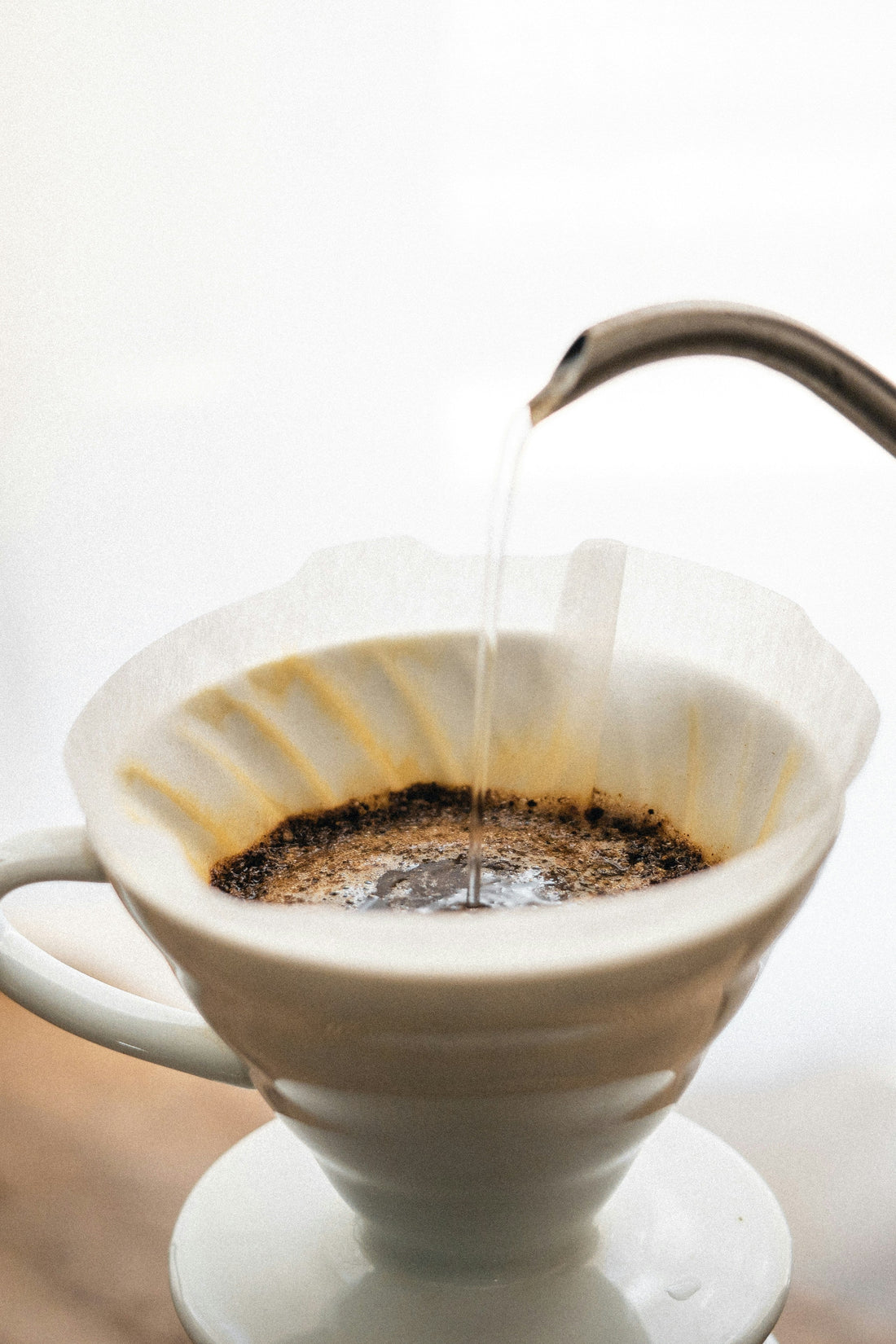
The Purpose of Blooming in Coffee Brewing: Degassing or Water Absorption?
When preparing a pour-over or other manual coffee brewing methods, you’ve likely encountered the term blooming. This initial step, where hot water is poured over coffee grounds and allowed to sit briefly before the main brew, may seem simple but serves an essential function in extracting the perfect cup. But what exactly is blooming for? Is it primarily about degassing the coffee or preparing the grounds for water absorption? Let’s dive into the science and purpose of this fundamental step in coffee brewing.
What Is Blooming?
Blooming is the process of saturating coffee grounds with water during the initial stage of brewing, typically for 30-45 seconds. During this time, gases trapped in the coffee grounds escape, creating bubbles and causing the coffee bed to expand or "bloom."
Degassing: The Key Role of CO₂ Release
Freshly roasted coffee contains carbon dioxide (CO₂), a byproduct of the roasting process. The degassing process begins immediately after roasting, with coffee releasing CO₂ over time. While most degassing occurs within the first few days post-roast, some CO₂ remains in the beans for weeks.
When hot water comes into contact with coffee grounds, it accelerates the release of these trapped gases. This release is critical because excess CO₂ during brewing can interfere with water's ability to extract the soluble compounds responsible for coffee's flavour. Too much trapped gas can result in uneven extraction and a sour, underwhelming cup. Blooming ensures that most of the CO₂ escapes before the primary brewing process begins, leading to better flavour balance.
Water Absorption: Prepping the Grounds for Extraction
Beyond degassing, blooming also serves to pre-wet the coffee grounds, ensuring even water absorption. Dry coffee grounds can repel water due to trapped gases or insufficient saturation, leading to channeling—where water flows unevenly through the coffee bed.
Blooming allows water to fully penetrate the coffee grounds, priming them for uniform extraction. Proper saturation ensures that all the coffee particles contribute to the brew, preventing bitter or weak patches in the final cup.
The Science Behind Blooming
Research on coffee brewing dynamics supports the dual role of blooming in both degassing and water absorption. A study published in the Journal of Food Engineering highlights how gas release during brewing can disrupt water flow and extraction consistency. The research suggests that pre-wetting coffee grounds significantly improves uniformity in extraction by removing gases and allowing water to spread evenly through the coffee bed.
Moreover, experiments with brewing variables show that skipping the bloom phase often results in uneven flavours, with some brews tasting sour (under-extracted) and others overly bitter (over-extracted).
How to Bloom Coffee Correctly
To maximise the benefits of blooming:
- Use Fresh Coffee: Blooming is most effective with freshly roasted coffee that still contains significant amounts of CO₂.
- Measure Your Bloom Water: Typically, use 2-3 times the weight of your coffee grounds in water (e.g., 15g of coffee would require 30-45g of water for blooming).
- Wait 30-45 Seconds: Allow the coffee to sit and bubble before continuing with your brew. Adjust timing based on your brewing method and grind size.
Does Blooming Apply to Espresso?
In espresso, blooming is not a standard step. However, the principles of degassing and even water distribution still matter. Pre-infusion, where water is applied to the coffee puck under low pressure before full pressure extraction, serves a similar purpose. It ensures the coffee grounds are evenly saturated, minimising channeling and optimising flavour extraction.
Blooming: The Balance of Science and Art
While the purpose of blooming is grounded in science, the execution involves a degree of experimentation. Factors such as roast level, coffee freshness, and brewing method influence how much bloom time is needed for optimal results.
Blooming ensures that your coffee grounds are prepped for extraction, balancing the removal of CO₂ with effective water absorption. Whether you’re brewing a bright, floral Ethiopian pour-over or a chocolatey Colombian drip coffee, this simple step can elevate your coffee experience.
Explore Specialty Coffees at After Hours Coffee
Ready to put your blooming skills to the test? Browse our specialty coffee collection for freshly roasted beans that deserve your brewing expertise. Whether you prefer a fruity light roast or a rich, well-rounded profile, we’ve got the perfect coffee to enhance your home brewing journey.
By understanding the dual purpose of blooming, you can refine your brewing techniques and unlock the full potential of your coffee. Happy brewing!
